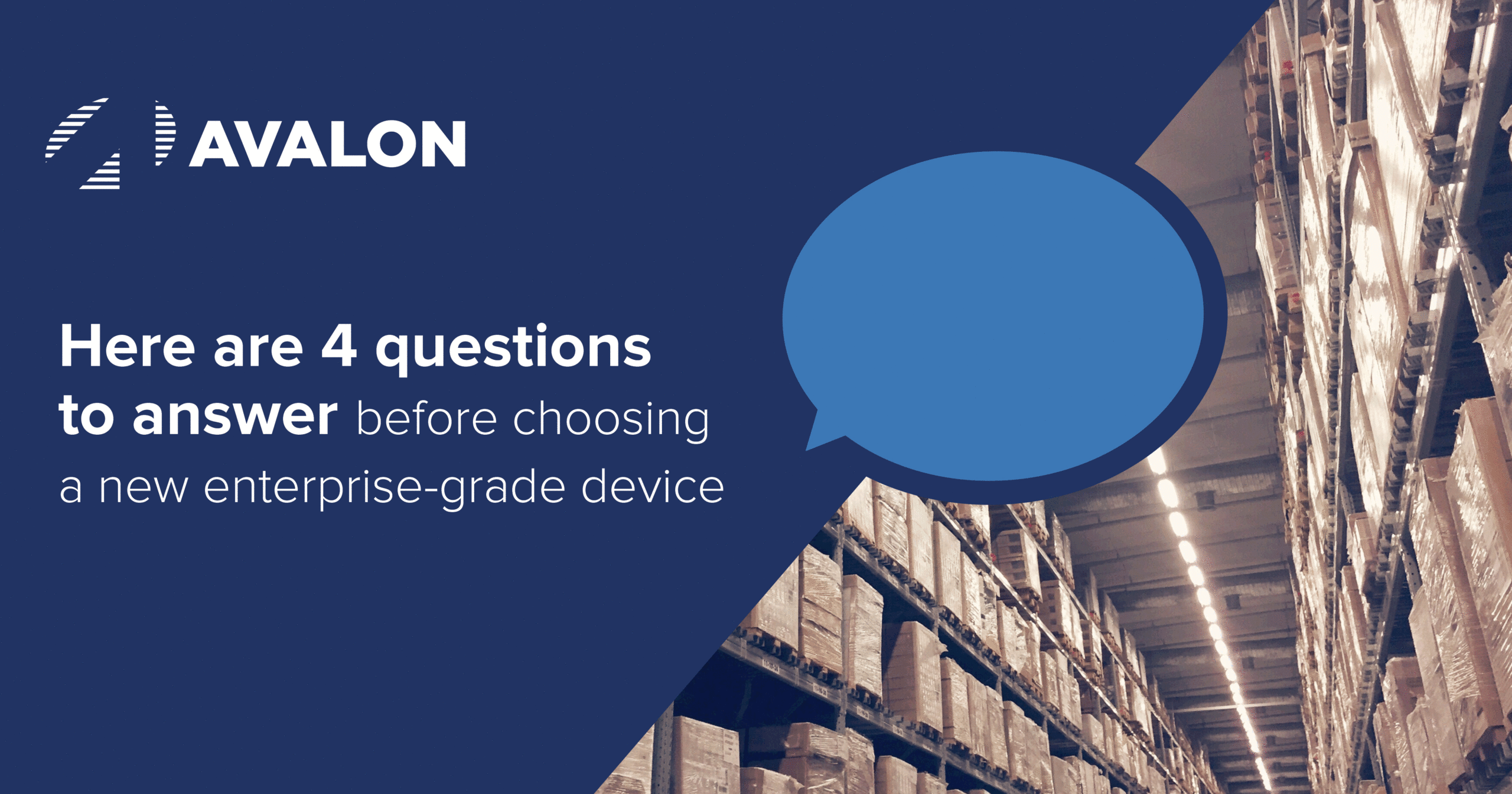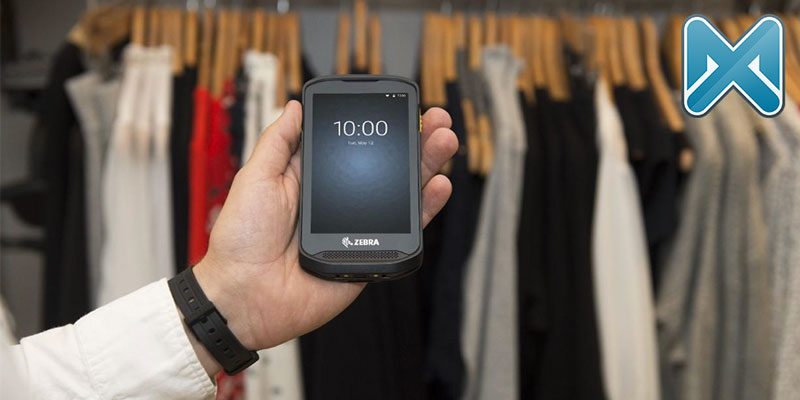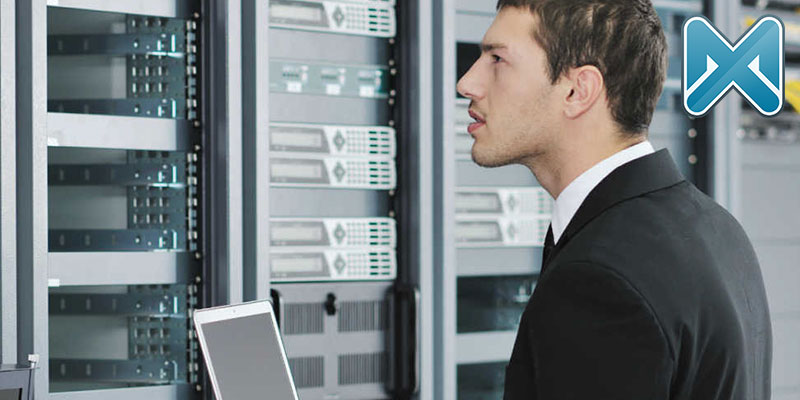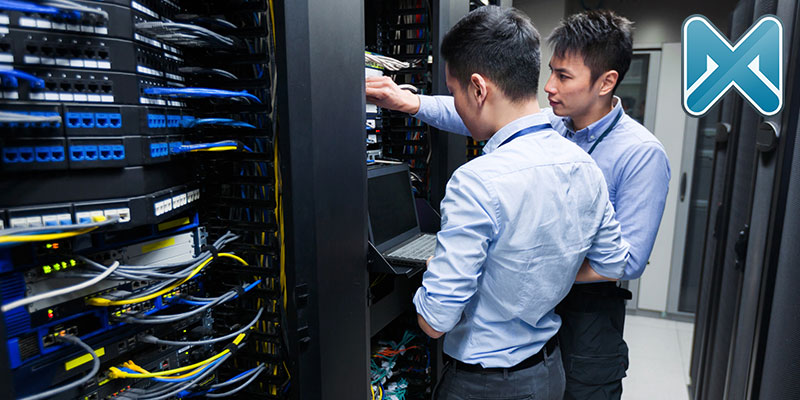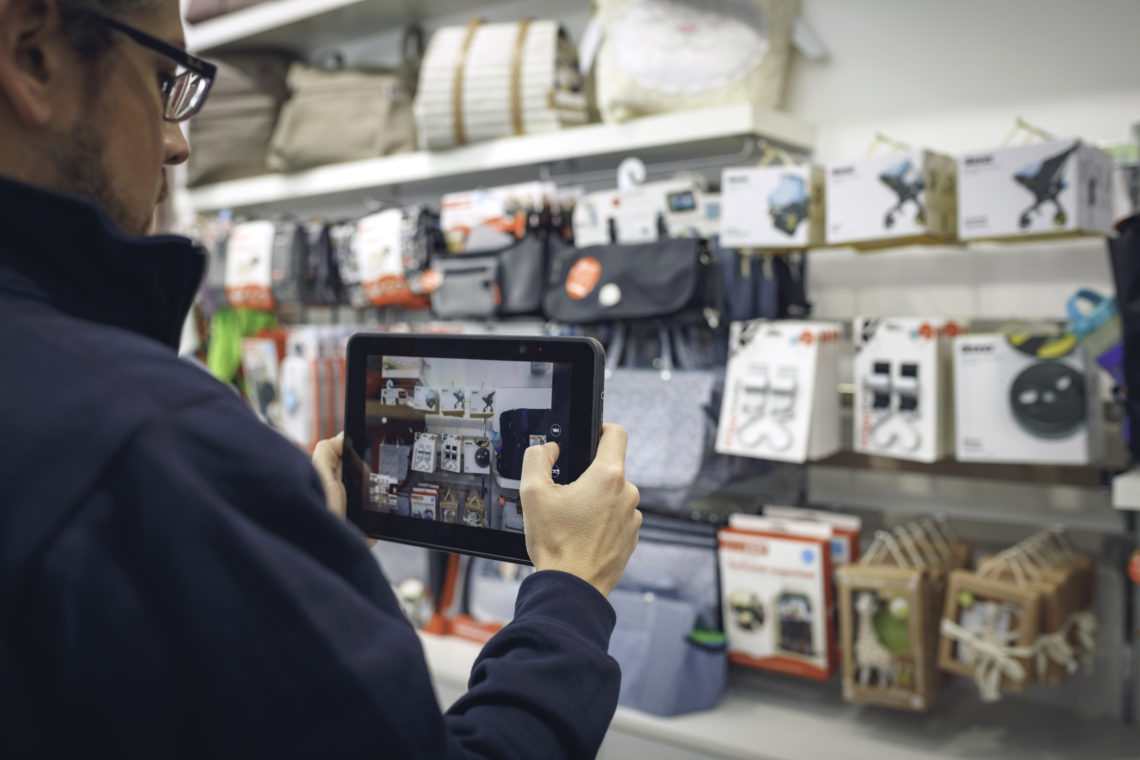As warehouses and distribution centers race to welcome the end of the year surge in online orders and shipments, it is important to include maximized data security as part of optimization strategies. Studies show that cyberattacks may increase by as much as 57% during the holiday season since most IT departments may function with smaller workforces at the end of the year. While many attacks target online shoppers, big businesses are not exempt. In 2019, 40% of surveyed retailers admitted to losing revenue as a result of cyberattacks. Although thorough security plans are highly beneficial in preventing costly breaches, individual device security is also essential to mitigating attacks. To prioritize data protection, the following recommendations provide a safe place to start:
- Make sure operating systems are updated – An outdated OS such as Windows Mobile incur greater vulnerabilities that can be exploited. Without updates, operating systems cannot provide the necessary patches to close security gaps. This is one of the many reasons why Android for Enterprise has grown in popularity within modern warehousing. Not only does it facilitate onboarding and app integration, but it also offers recurring and silent OS updates to protect data without disrupting workflows.
- Certify non-screen devices are also secured – With the rise of IoT comes additional vulnerabilities through points of entry previously unimagined such as a barcode printer. Security applications such as Zebra’s PrintSecure allow workers to prevent connections by unauthorized users while also encrypting printed data from an extra layer of security within operations.
- Ensure all employees are familiar with basic security measures – Studies show that human error alone has been responsible for as much as 43% of data breaches. With the modern workforce being composed of mostly 18-30 year-olds, complicated green-screen devices may pose a risk for data security along with delayed productivity. Consequently, modernized and easy-to-use handheld devices can help prevent human errors that result in breaches, thus maximizing data security.
Modernizing Security in Three Steps with Zebra Technologies
To remove the hassles of modernized device security, Avalon continues in its partnership with Zebra Technologies in simplifying upgrades through the GO Zebra Trade-In Program. Replace outdated devices with Android handhelds and get up to $650 in cash rebates per device by following 3 simple steps:
- Purchase your eligible device
- Submit your claim form within 90 days of the invoice date
- Trade in legacy devices from any manufacturer for cash rebates.
From optimized visibility to dependable data security, create a modernization solution built to thrive in today’s challenging environments both physical and digital. Contact our modernization experts today for a free consultation of your workflows to get started.



